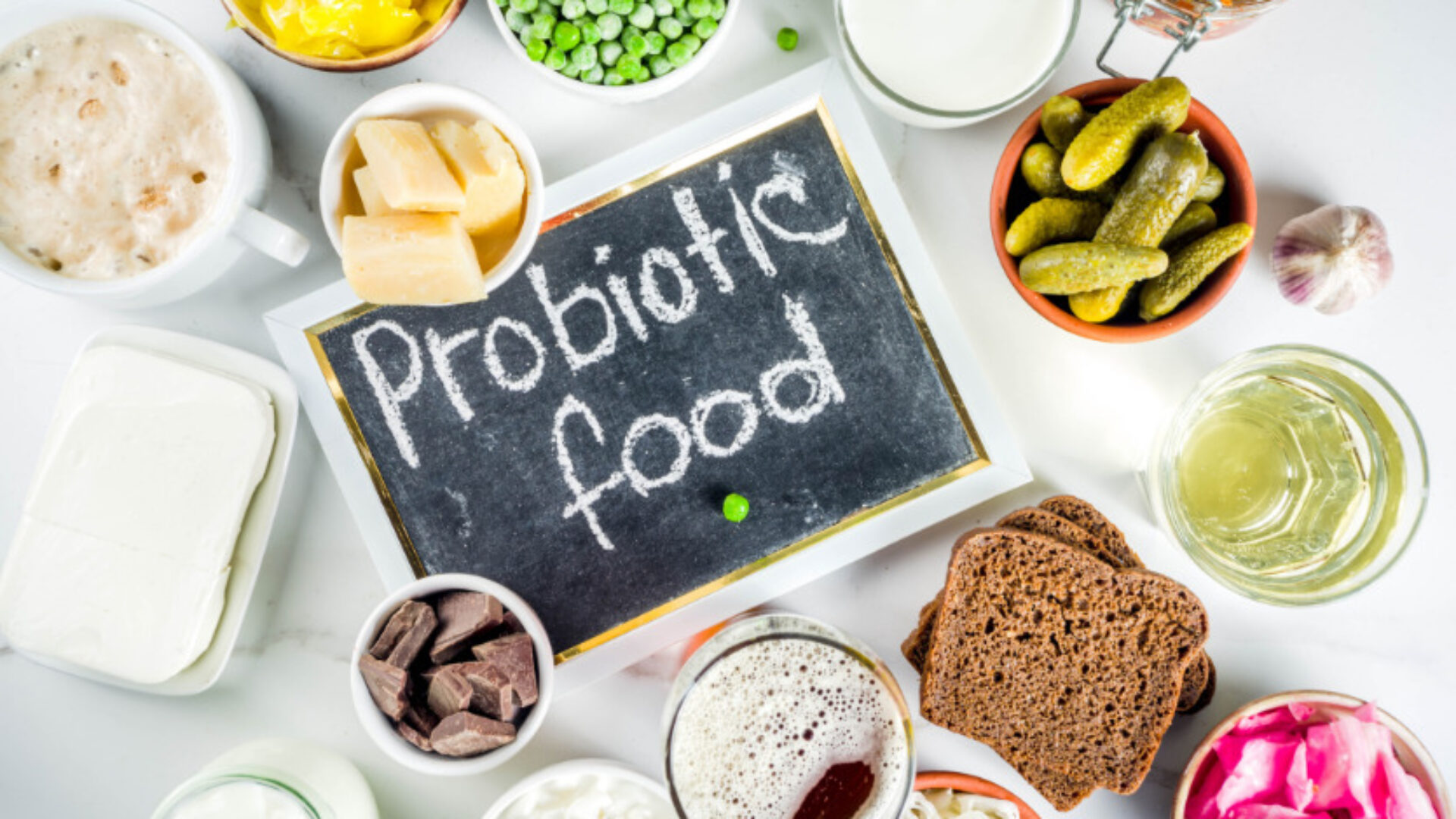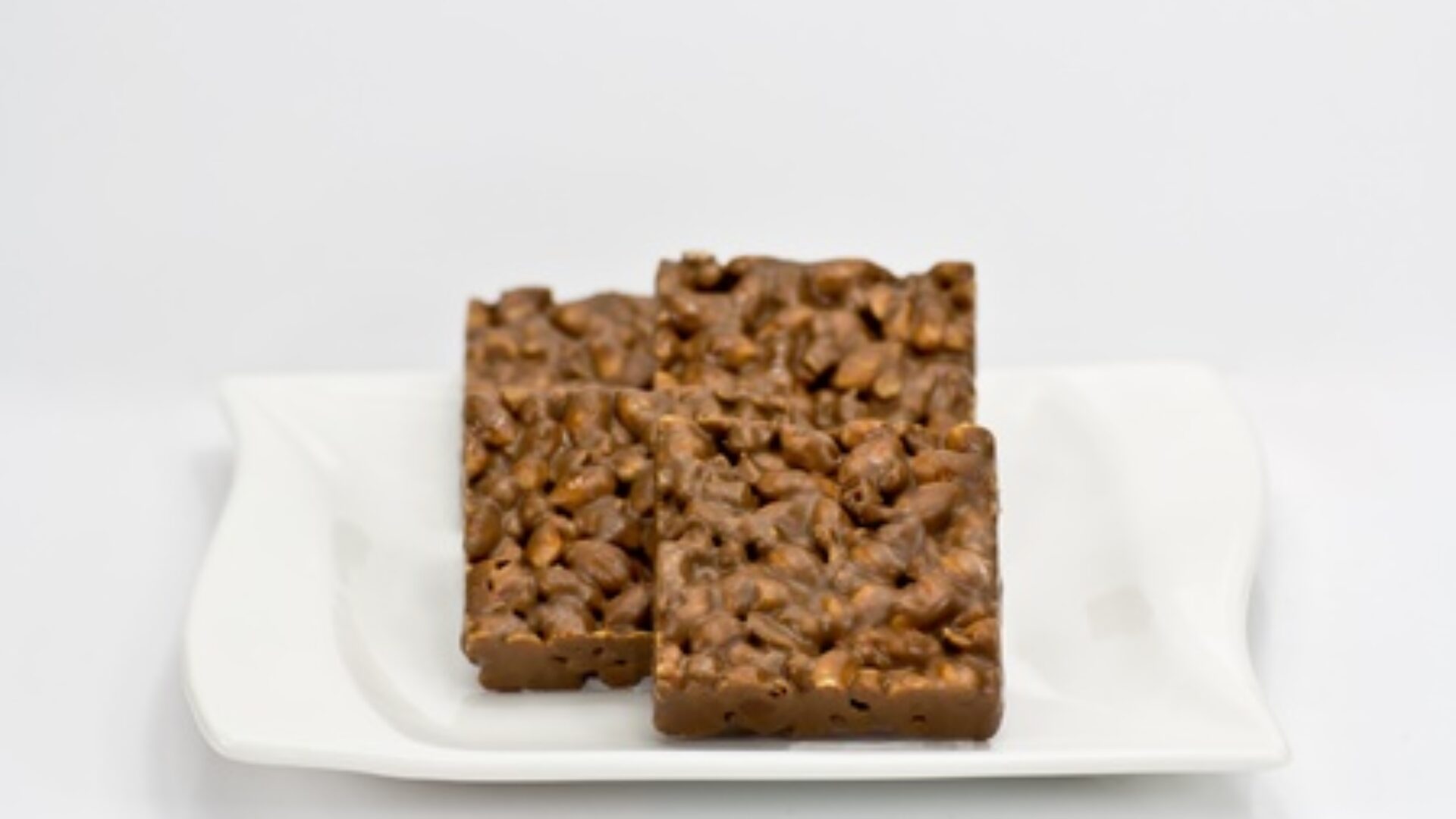Improve Your Mood with Food
How do you improve your mood with food? Let’s unpack some of the exciting (and preliminary) new research about the link between gut health, mood, and stress. This week we’ll talk about your friendly resident gut microbes, probiotic foods, and supplements, as well as offer some simple recipes to keep your gut and taste buds happy. GUT MICROBES There are trillions of microbes that happily live in our gut. These friendly microbes do more than help us digest foods, make vitamins, and protect us from the not-so-friendly microbes - they have mood-boosting and stress-busting functions too! It’s a hotbed of research right now and we’re finding out more…


